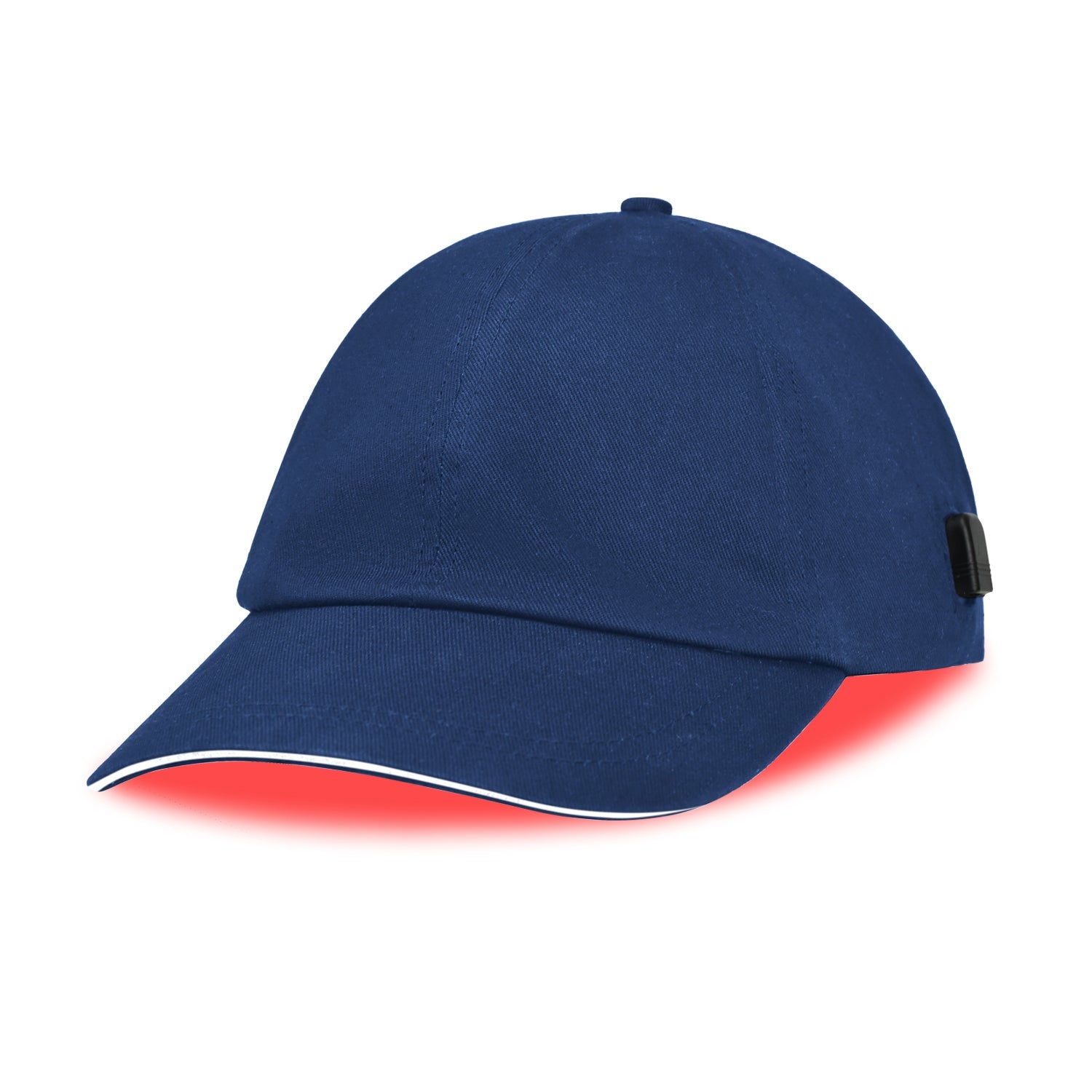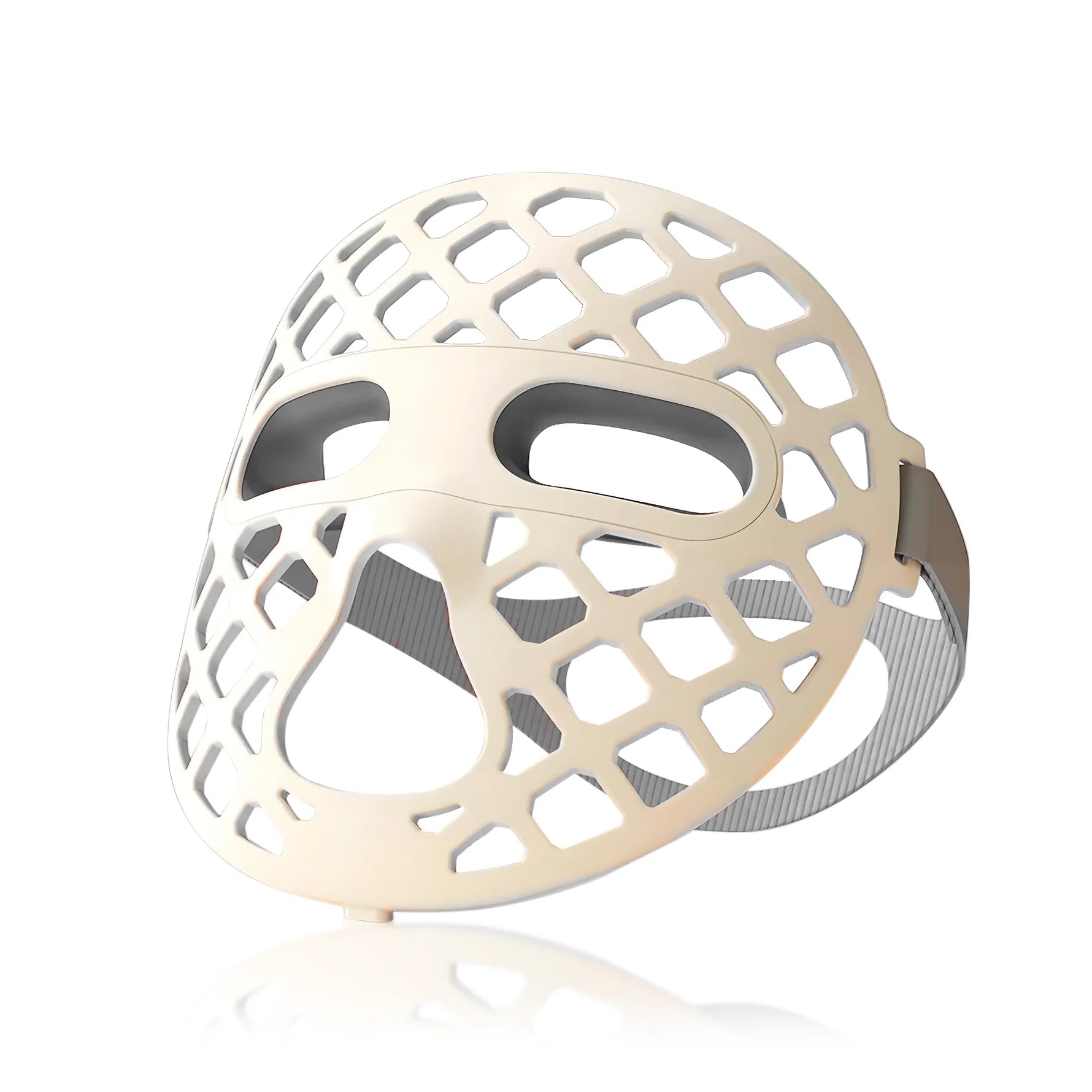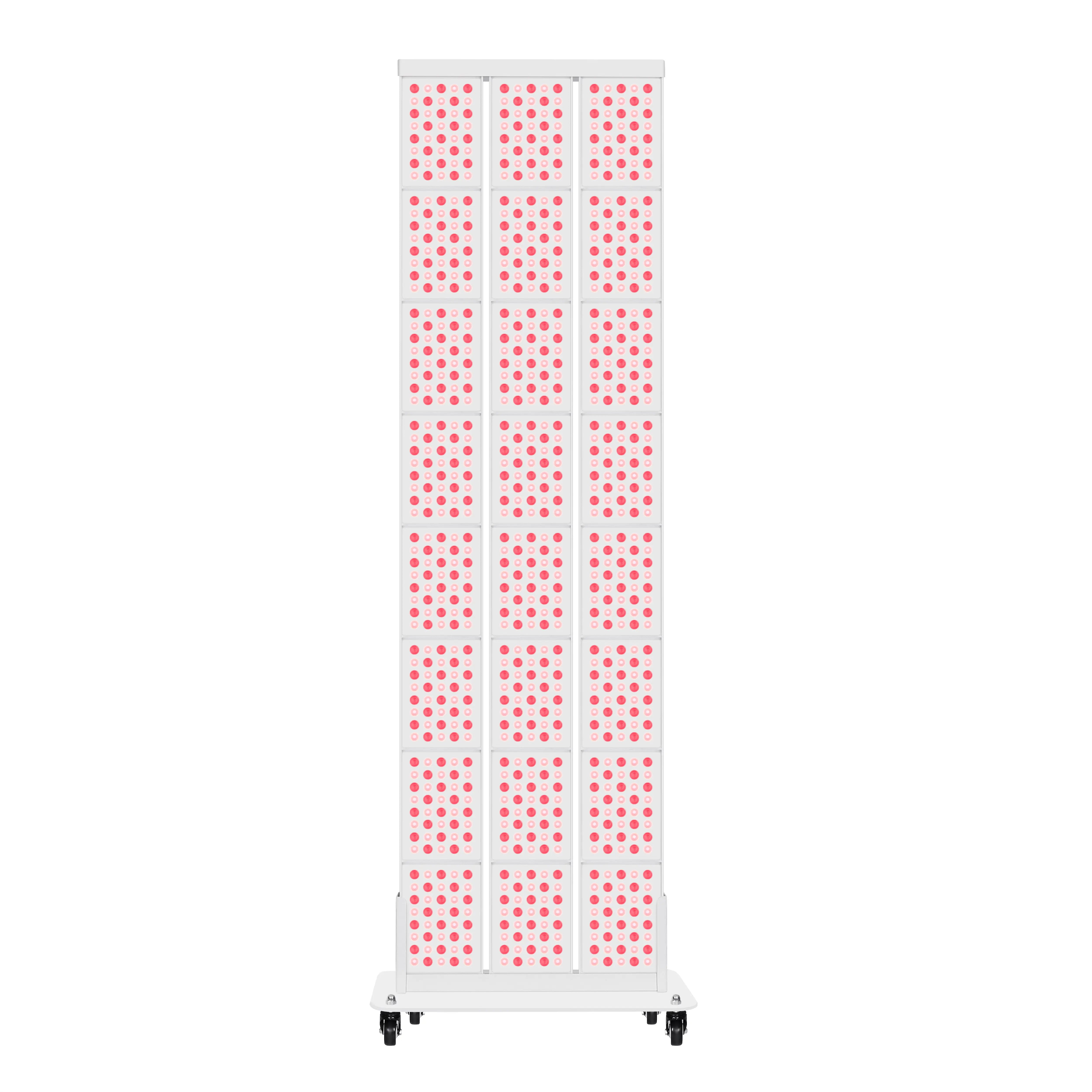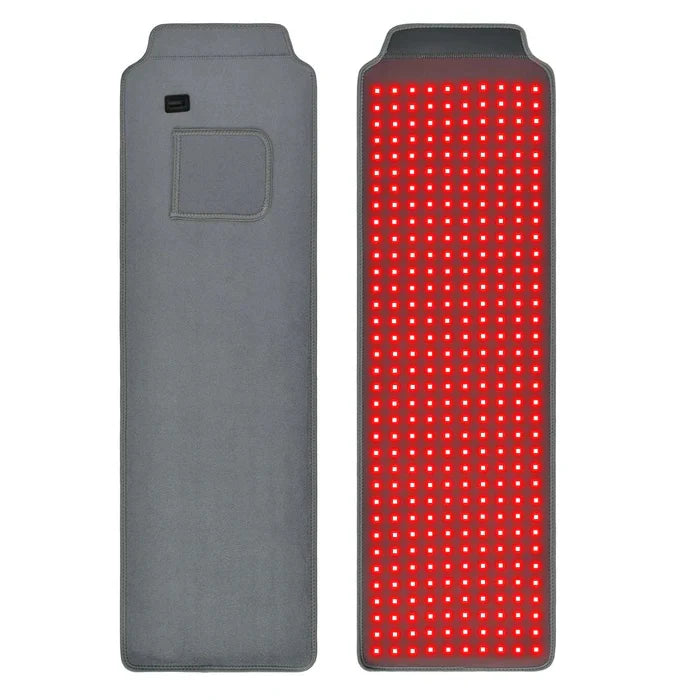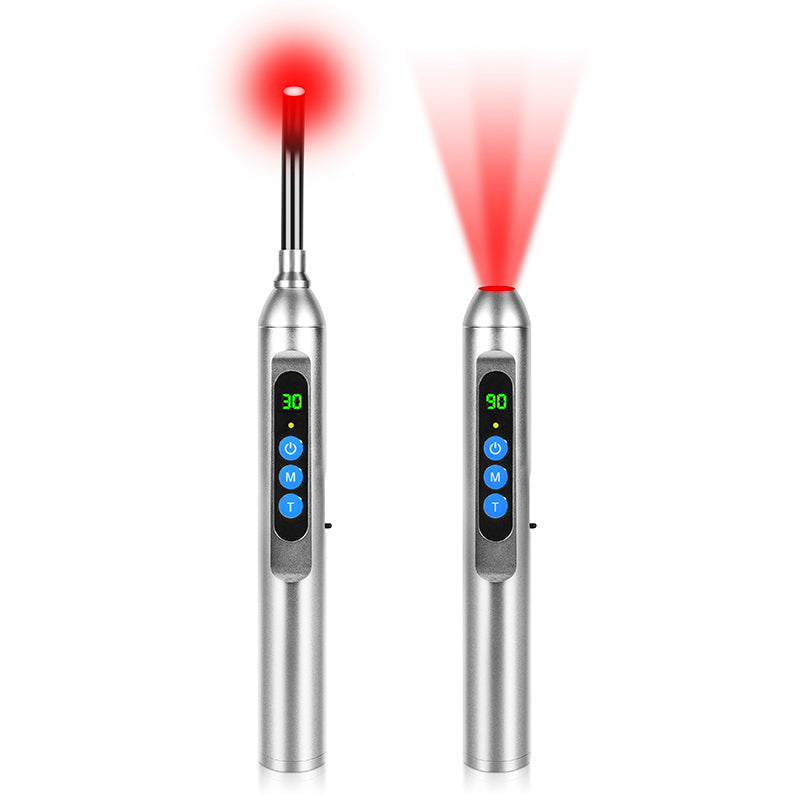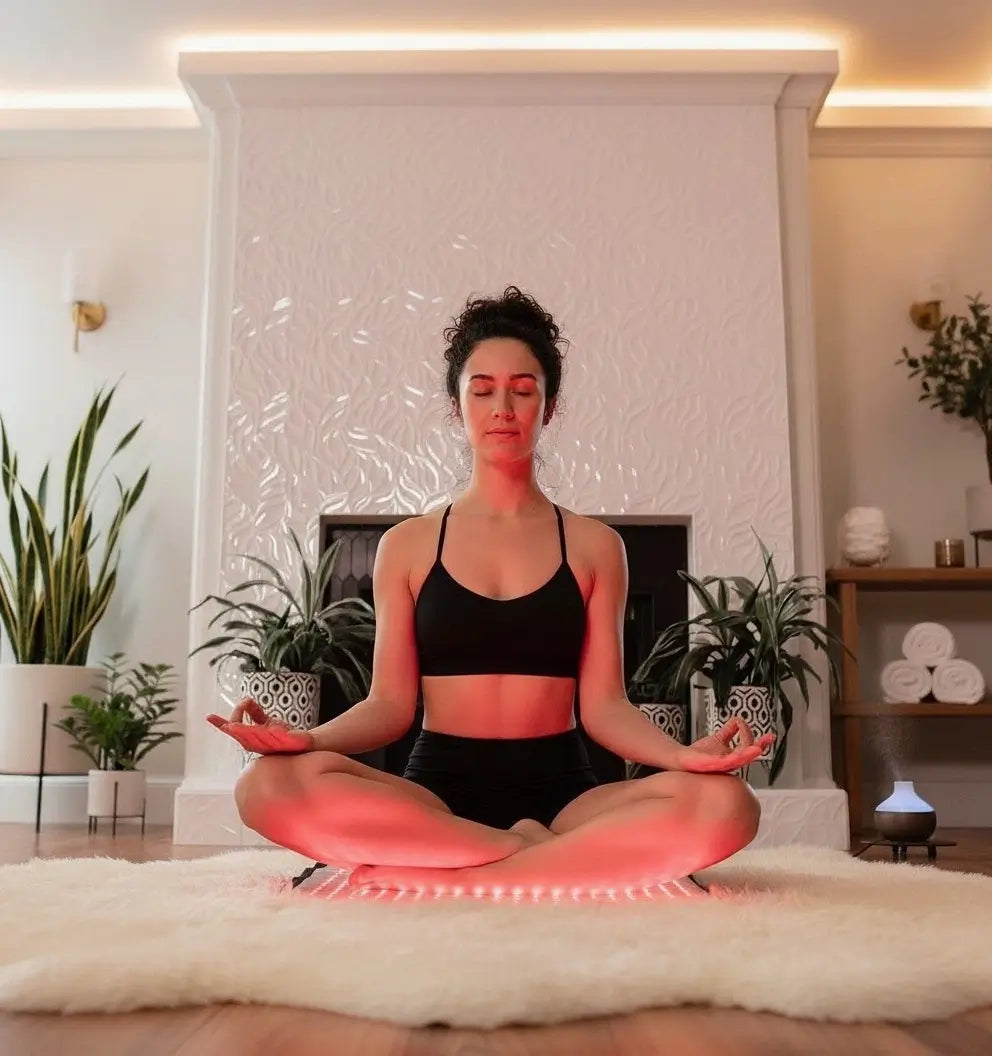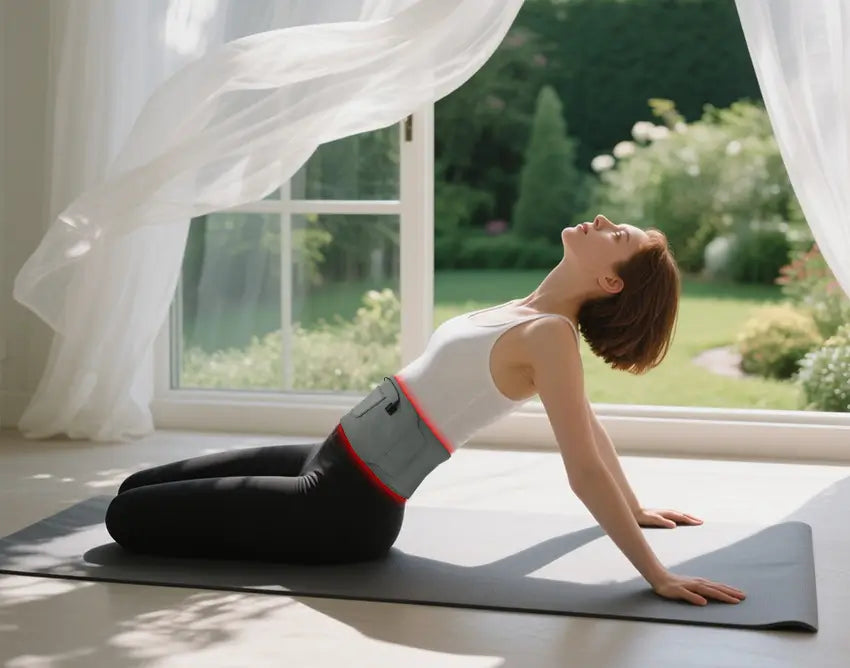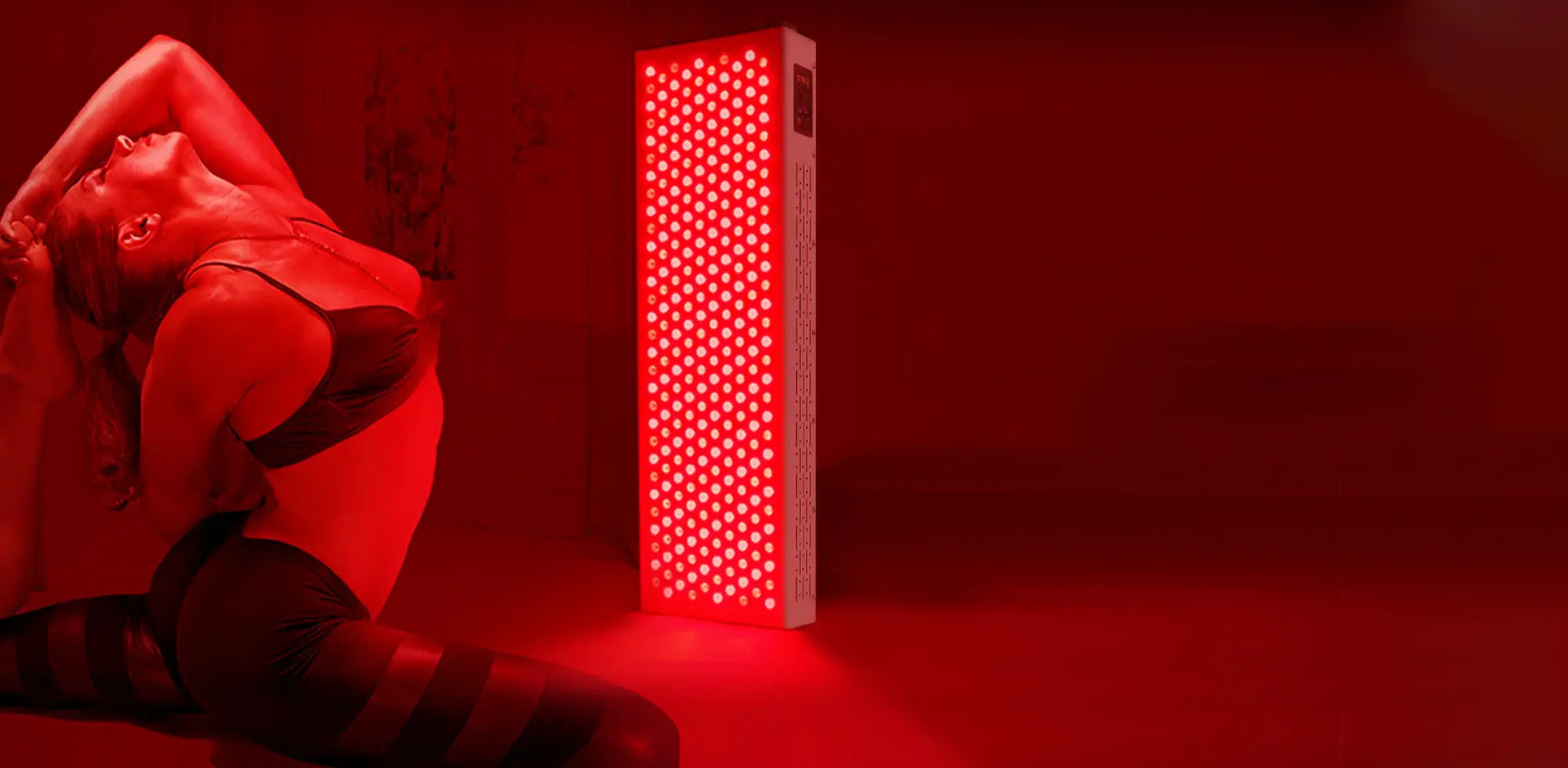If you're into skincare, you've definitely seen them: those futuristic, glowing red masks popping up all over social media. They make big promises, from smoothing wrinkles to clearing up acne, and they look incredibly high-tech while doing it.
But what's really going on behind the light? Are they just a cool-looking gadget, or can they actually change your skin for the better? It’s a fair question. Let's break down the science in a straightforward way and figure out if a red light mask is a smart addition to your routine.

Let's Get into the Science: How Do These Masks Actually Work?
The technology here might seem new, but it’s built on decades of solid scientific research called photobiomodulation. That’s a mouthful, but it simply means using specific kinds of light to kickstart positive reactions in your body's cells. The mask isn't using heat or chemicals; it's using light to communicate directly with your skin.
The Cellular Mechanism: What Happens Inside Your Skin
The core idea is surprisingly simple: it’s all about giving your skin cells a serious energy boost.
Think of each skin cell as having a tiny engine called the mitochondrion. As we age or get exposed to the sun and stress, these engines get a little sluggish. Red and near-infrared light acts like a high-octane fuel. When the light from the mask penetrates your skin, those tiny engines absorb it and kick back into high gear.
This process ramps up the production of something called ATP, which is the main energy source for your cells. With more energy, your cells can get back to work doing what they do best: repairing damage and building new collagen and elastin—the two proteins that keep your skin firm and bouncy.
So, when you ask how red light masks work, the simple answer is they recharge your skin's batteries, allowing them to heal and rebuild from the inside out.

The Critical Role of Wavelengths
Not all light is the same, and the specific wavelength (which we see as color) is what determines the result. A quality mask will use precise, clinically-studied wavelengths to get the job done.
- Red Light (around 660nm): This is your anti-aging workhorse. It works closer to the skin’s surface to fire up collagen production, which helps soften fine lines and improve overall texture.
- Near-Infrared Light (around 850nm): This one goes deeper. Its longer wavelength can penetrate further into the tissue to help reduce inflammation and boost circulation. This is great for calming redness and helping the skin heal faster. For the most comprehensive treatment, many devices use a combination of red light and near-infrared light to target different layers of the skin. Understanding the difference between 850nm vs 660nm is key to maximizing results.
- Blue Light (around 415nm): This is the acne-fighter. It works on the surface to kill off the specific bacteria responsible for causing breakouts.
Are Red Light Masks Effective for Real-World Skin Concerns?
The science is one thing, but what you really want to know is if red light masks are effective enough to make a visible difference in the mirror. The answer from clinical studies is yes—when used consistently, they can significantly improve several common skin concerns.
Here’s what you can realistically expect:
- A Smoother, Firmer Appearance: By firing up collagen and elastin production, regular use can lead to a noticeable reduction in fine lines and wrinkles.
- Clearer, Calmer Skin: The one-two punch of antibacterial blue light and anti-inflammatory red light can help reduce active acne breakouts and ease associated redness.
- A Healthy, More Even Glow: Boosting circulation brings more oxygen and nutrients to the skin's surface. Many people report their skin tone looks more even and has a natural radiance.

A Quick Reality Check: At-Home vs. The Dermatologist's Office
It’s important to set the right expectations. An at-home mask isn't going to give you the same dramatic, overnight results as a powerful laser treatment at a clinic.
Think of it like fitness: the dermatologist is a single, intense session with a top personal trainer. The at-home mask is your daily workout. Both are effective, but they work differently. The mask is designed for safe, frequent use, with improvements building on each other gradually over weeks and months.
Considering the Investment, Are Red Light Masks Worth It for You?
This brings us to the bottom line. Seeing the price tag on a quality mask can definitely give you pause. To figure out if red light masks are worth it for you, it helps to look at the bigger picture.
Analyzing the Long-Term Value vs. Initial Cost
Let's talk money. A single professional light therapy session at a spa or clinic can run you anywhere from $75 to over $200. After just a few visits, you’ve likely spent more than the cost of a high-quality at-home mask that you can use thousands of times, for years, on your own schedule. It’s a classic "pay-per-use vs. own-for-life" scenario.
The Appeal of At-Home Convenience and Privacy
For many people, the convenience alone makes it worth it. There are no appointments to book, no traffic to sit in, and no waiting rooms. You can get a clinical-grade treatment while you watch a show or listen to a podcast. That ease of use means you're far more likely to stick with it.

The Importance of Commitment and Consistent Routine
This is the most important part. A red light mask is an effective tool, but it's not magic. The results are completely dependent on you using it consistently—typically a few 10-minute sessions per week. It's like a gym membership; if you don't go, you won't see results. If you can honestly see yourself committing to that simple routine, then you're the perfect candidate.
What Should You Look for in an Effective Red Light Therapy Mask?
So, you're convinced and ready to shop. The market can feel like a bit of the wild west, with a huge range of prices and promises. To make sure you get an effective red light therapy mask and don't waste your money, you need to look at the specs. Here’s what truly matters:
| Key Feature | What You Need to Look For | Why It’s a Big Deal |
| Wavelengths | Make sure the brand lists the specific nanometers (nm), like 660nm or 850nm. | Vague terms like "red light" are a red flag. The proven clinical results are tied to very specific wavelengths. |
| Power Density (Irradiance) | Look for a number measured in mW/cm². A quality device will be proud to share this spec. | This is the single most important measure of a mask's strength. It tells you how much energy is actually reaching your skin. |
| LED Quality & Count | Medical-grade LEDs provide consistent power and last longer. More LEDs generally mean better, more even coverage. | You want the light to hit your entire face evenly, not just in spots. |
| FDA Clearance | In the United States, look for devices that state they are "FDA-Cleared." | This is a key indicator that the device has been reviewed for both safety and effectiveness. |
| Design & Comfort | A flexible, silicone mask will conform to your face shape much better than a rigid, plastic one. | If it's not comfortable, you won't use it. Simple as that. |

So, Are They Really Worth It?
After breaking down the science, the results, and the cost, what’s the bottom line?
The technology behind red light therapy masks is solid, backed by years of clinical research. But whether a mask is truly worth it comes down to two simple things: choosing a high-quality device based on real specs (not just marketing hype), and your own commitment to using it consistently.
For anyone who is serious about investing in their skin's long-term health and can stick with a simple routine, a quality red light therapy mask is far more than hype; it’s one of the smartest, most effective tools you can have in your skincare arsenal.

